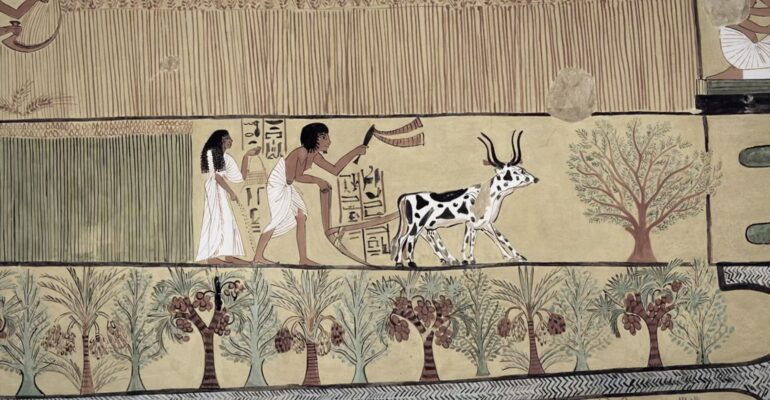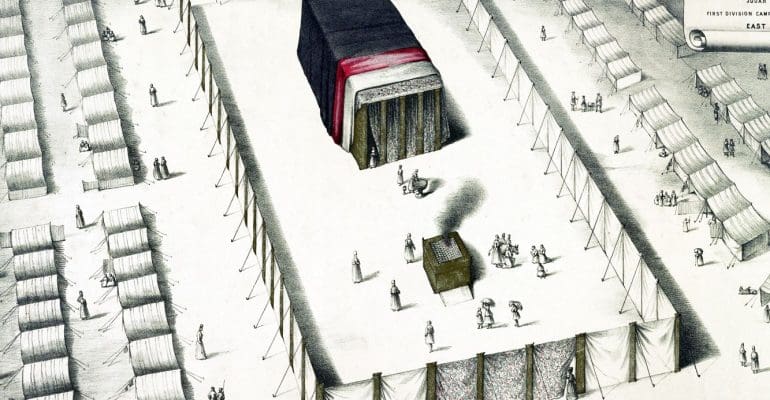Cart 0

Jesus: The Second Joshua
Jesus: The Second Joshua
How Joshua was a precursor to Jesus.
Jesus: The Second Joshua
How Joshua was a precursor to Jesus.
How Joshua was a precursor to Jesus.
in Tags
According to the Apostle Paul, the events of the Exodus and the Conquest foreshadowed things that were to come—greater things (1 Corinthians 10:1-11). Moses, for example, was a foreshadow or a type of Christ. Consider the similarities between Moses and Jesus. Both: escaped the decree of a king and avoided











